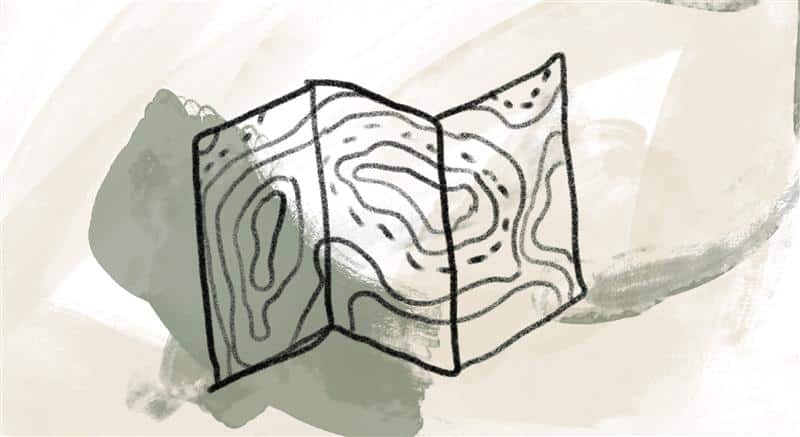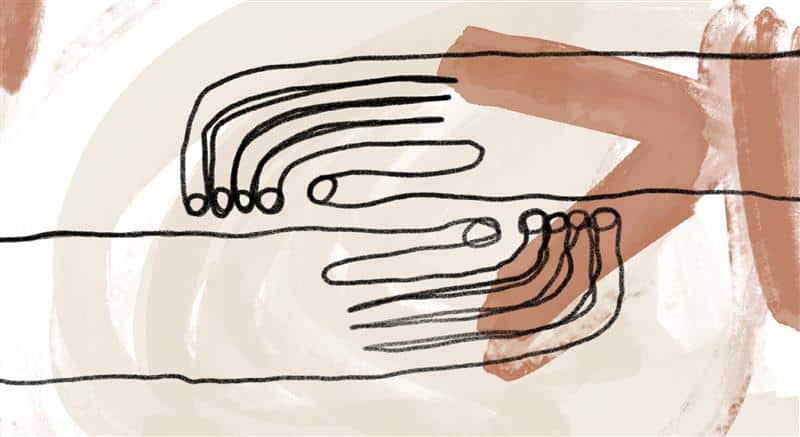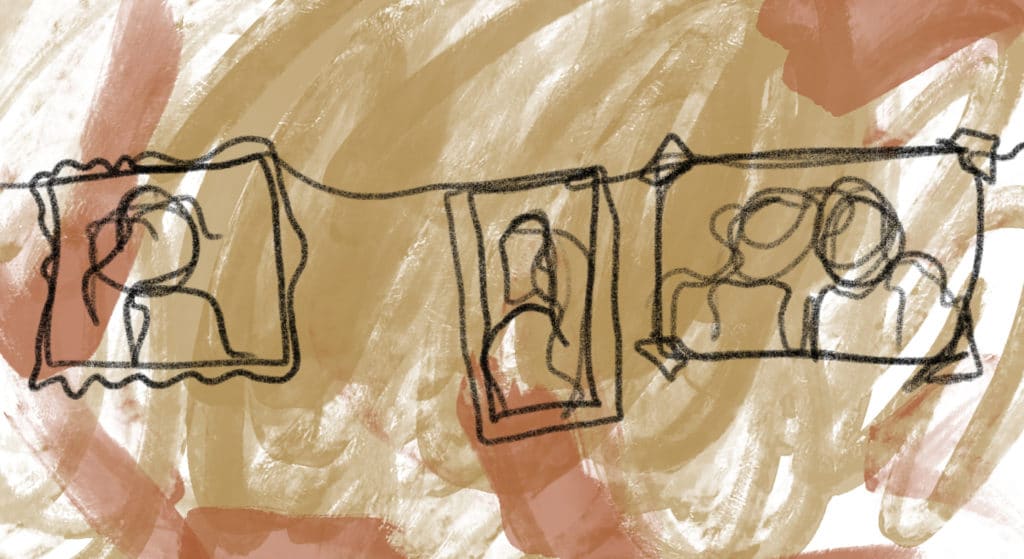
Father Richard often teaches that God can be sought and known outside of traditional church services and forms of prayer:
Every day, we are given a natural way to reconnect with God that doesn’t depend on education. It doesn’t depend on getting a degree in philosophy or theology, living in a particular period of history, or believing in a specific religion. It depends on really being present to what is right in front of us. As Paul says, “God has made it plain” (see Romans 1:19–20).
The missing element for many of us in the developed world has been contemplation, which allows us to see things in their wholeness and with respect (re-spect = to see a second time). If we were to spend time in nature, alone like Jesus or the Desert Fathers and Mothers, we would know many of the same things religion has been trying to teach, but we would know them on a cellular level, on a physical and energetic level. That kind of knowing does not contradict the rational; it’s much more holistic and heartfelt. There is nothing that is not spiritual for those who have learned how to see. [1]
Pilgrimages, big and small, can allow us to experience God’s presence on the “cellular” or energetic level that Father Richard describes. Pastor and author Brett Webb-Mitchell suggests how we might make pilgrimages a regular part of our lives:
A pilgrimage need not take place in an exotic, faraway locale. It need not take a whole week or two. It can take place in our backyards, in our neighborhoods, around our churches and retreat centers. One doesn’t need to be wealthy to be a pilgrim. One simply needs to have a purpose and place in mind where one can go in order to experience the Holy….
A pilgrimage is more than just a hike, a walk, a run, a bike ride, a vacation, or a journey…. Pilgrimage is the state of mind and heart or spirit that changes the vacation, the hike in the woods, the long kayak journey along an intercoastal strip of water, the ride out into the country, the walk to a friend’s house, the errand in the middle of the day, the walking of a dog, the 5k run or marathon … into a pilgrimage in which one encounters the Holy. Benedictine monk David Steindl-Rast describes this very sentiment: when the pilgrim sets her foot on the ground, every step is a goal, and the pilgrim says “now, now, now”; she is living in the present and claiming the presence of the Holy God now in her midst [2], upon this soil, fully cognizant of the sacred land she walks upon…. Whether we are on an actual pilgrimage or perceive that the road of life we are on is our pilgrimage, each step, each move one makes is blessed by the Spirit. For both an actual pilgrimage and the pilgrimage of everyday life is a journey of faith. [3]
References:
[1] Adapted from Richard Rohr, A Spring within Us: A Book of Daily Meditations (Albuquerque, NM: CAC Publishing, 2016), 63, 64.
[2] David Steindl-Rast, Gratefulness, the Heart of Prayer: An Approach to Life in Fullness (Ramsey, NJ: Paulist Press, 1984), 131, 133.
[3] Brett Webb-Mitchell, Practicing Pilgrimage: On Being and Becoming God’s Pilgrim People (Eugene, OR: Cascade Books, 2016), xviii, 8.
Image credit: A path from one week to the next—Benjamin Yazza, Untitled 2, used with permission. Les Argonauts, Camino de Santiago, Unsplash. Jenna Keiper, Winter Bird. Used with permission. Click here to enlarge image.
On pilgrimage, people are changed through the simple act of walking.
Story from Our Community:
As a former worrywart … I have found stillness in my morning coffee with God. My daily practice is starting my day with quiet contemplation, a ritual I began to practice in the early days of my sobriety. For me, this spiritual practice is as important as any other task I do each day. I’m grateful to Fr. Richard and CAC staff for their commitment and devotion to the Daily Meditations. They are a lifeline for me and countless others. —Danno E.




